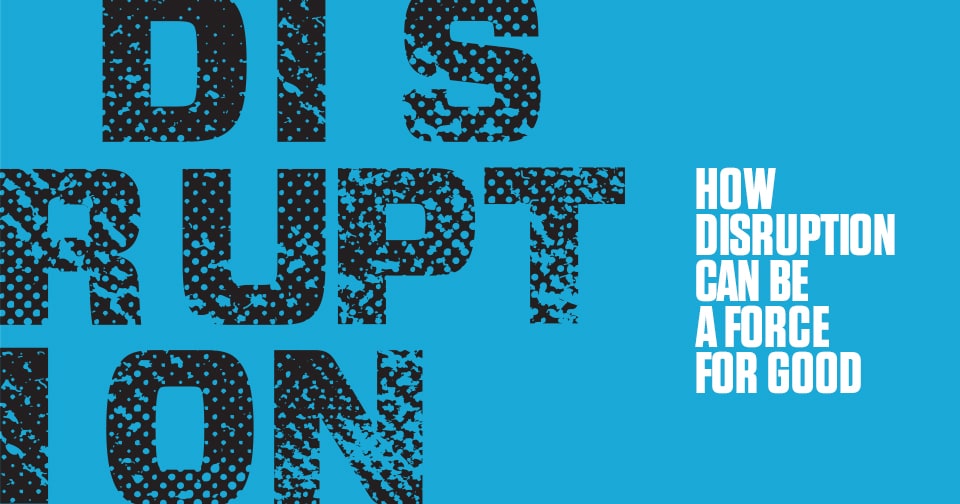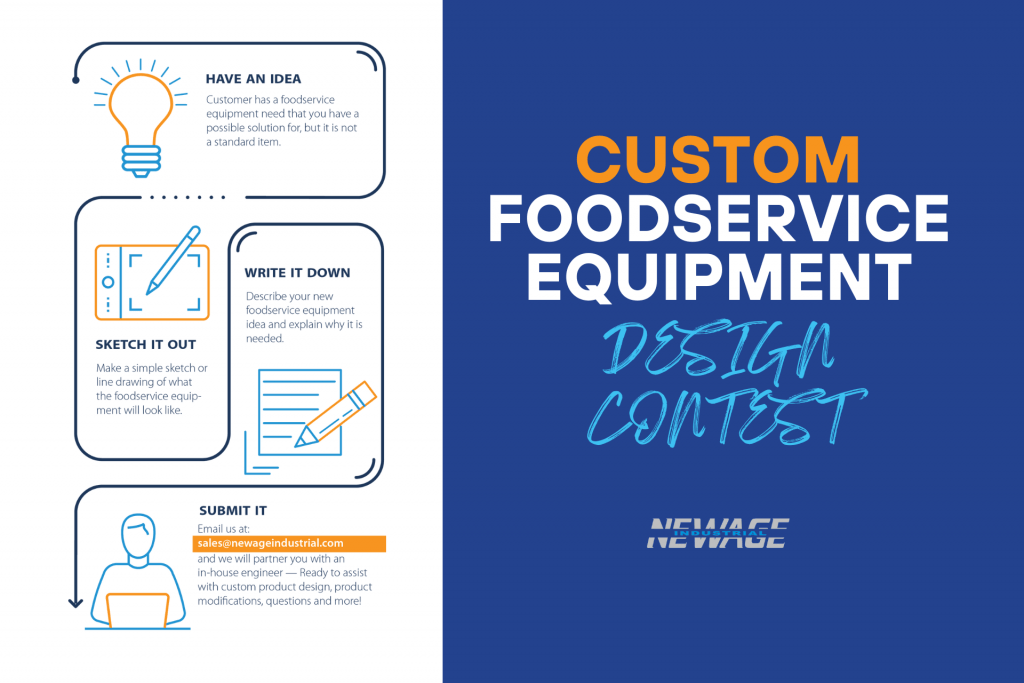
In our special report on the A-Z of disruption in foodservice, we consider the concepts and technologies that have changed for good how the industry operates. Following on from the first instalment, here we consider the technologies and concepts that have disrupted the foodservice sector in the second M-Z part.
M – Mobile ordering
When Taco Bell introduced mobile ordering on its smartphone app in 2014 most industry observers saw its potential. Allowing customers to order ahead of arriving at the store and seamlessly pick up their item, having already paid through the app has been adopted by other major fast food operators including Starbucks, Pizza Hut and Chipotle. The pandemic made it almost mandatory with human contact ruled out and dining rooms out of bounds.
Today it is a crucial revenue stream for many operators, and diners like it. According to Karen Malody FCSI, principal of Culinary Advisors, over 50% of Starbucks orders are today made through the app.
N – No- and low-alcoholic beverages
Once a rarity in the global beverage market, no- and low-alcohol drinks grew by over 6% in volume in 10 key global markets in 2021, and now command a 3.5% volume share of the industry, according to a new study published.
The report from market researcher IWSR Drinks Market found that sales of no- and low- alcohol beverages in 10 global markets reached almost $10bn in 2021, up from $7.8bn in 2018. Once, drinks without alcohol held little appeal for diners, but the market has exploded, driven by healthy lifestyles and a new generation less interested in drinking alcohol – and suffering the consequences.
It has changed up the beverage offering at restaurants across the world – introducing new options offering customers juices and fermentations Ordering low- or no- alcoholic drinks no longer means compromising.
O – Off-premise
Another trend that has been accelerated by the pandemic, as operators looked for new revenue streams with restaurants and stores shut during consecutive lockdowns. From delivery and curbside pick-up to some elaborate meal kits allowing diners to prepare their favorite meals at home.
This is one of the biggest disruptors in recent years – having added off- premise options during the pandemic, operators will keep them. Dining rooms may be quieter but the kitchen won’t be.
“Two years plus of pandemic have built new habits for private dining as well as catering, special events,” says Rudy Miick FCSI. In a fast moving market, we should pay attention to the biggest growth market in 2022: Upscale, sit-down, full-service restaurants. “Take that food into off-premise, and that’s where we’ll be with off premise in the next three years,” he says. “This is not a fad, its a huge trend. Food had better be thought through in packaging and time to maintain quality off premise. ”
P – Plant based
Vegetarian and vegan diets were once considered eccentric or niche, but today they are very much mainstream with restaurants of all levels offering tasty and high quality plant-based alternatives to meat dishes. In what has been a slow creep that accelerated, restaurants started by giving vegetables a central place on the menu and have gradually changed diners’ habits.
When New York restaurant Eleven Madison Park, named the best in the world in 2017, reopened after the pandemic, chef Daniel Humm announced that it would overhaul
its menu to become plant based in response to customer preferences but also with a nod to sustainability and the looming climate crisis. It is part of a movement that has seen plant-based food claim an increasingly large place in the kitchen as sustainability and health become priorities in foodservice.
Q – QR code
It is fair to say that it was hard to see the point of the QR code in restaurants before the pandemic, but the sudden focus on touchless practices and hygiene meant that it quickly found a role and seems set to keep it this time.
No longer a gimmick, a UK/US survey by Statista found that 47% of respondents were using QR codes more often. It is a safe bet that many used them in restaurants where accessing menus through QR codes is common practice in a post-pandemic world. QR codes have been deployed in different ways but mostly to access menus – doing away with paper menus means that there is no risk of contamination between diners and for many restaurants it makes sense to keep it that way, as it is easy to make changes on menus without incurring costs.
R – Robotics
A perfect example of disruption being a force for good. From Flippy, the burger-flipper to Sally, the salad mixer, robots have increasingly been a feature in restaurant kitchens.
They are no longer seen as a threat to human labor as the industry is engulfed in a significant staffing crisis. And innovation is constant as new inventions continue to emerge to make kitchens more efficient and comfortable.
S – Single item menu
In Japan cooking is an art and about perfection; it is not unusual to find just one item or one ingredient: sushi bars, restaurants with just dumplings – with one filling – on the menu or a focus on tempura, for example. The search for perfection means that there is little appetite to branch out.
In the rest of the world it is a strategy that has gained traction too, although perhaps not always in the search for perfection. In the UK the chain Burger and Lobster opened in 2011 – granted, it has more than one ingredient, but the simple proposition was to order burger or lobster for the same price. Those who went for lobster got it very cheaply but many who ordered burger paid above the real value. It was a very popular concept. The idea reduces food waste and allows for focus on producing the best possible dish with one ingredient.
T – Touchless
Cemented its place in hospitality in the pandemic. In 2020 when the world avoided human contact and touch was believed to be a transmittor, the industry found new ways to avoid touching things.
Contactless payments have undergone the same ascent – contactless card payments have increased. In the UK in 2020 alone contactless payments increased by 12%. One aspect of the foodservice sector that is forever changed.
U – Universal design
A future disruptor to watch. Foodservice Consultant columnist Laura Lentz FCSI has spoken of her hope that equipment in the future will be more universal – pieces of kit that can perform any number of functions. “I would like to think that we are at a tipping point where designs will be forever changed by technology, ghost kitchens and equipment with flexibility to the point of being as close to universal as possible,” she said earlier this year.
V – Virtual kitchens
Known by several names – ghost, dark and cloud kitchens – virtual kitchens are defined as a virtual restaurant that eliminates eat-in dining by focusing on delivery only food production. Often found operating out of structures that allow for flexibility, they fit several operators. The market is expected to reach a $1trn global value by 2030. It was already on the rise before the pandemic, spurred on by a dining demographic that are looking for convenience, speed and quality, but with closed dining rooms, restaurants resorted to delivery, many making use of virtual kitchens.
The trend has expanded, allowing operators to experiment with different products, cuisines and brands, which means that even the smallest foodservice entrepreneur can enter the market with a concept and try it out for delivery with low risk.
W – Waste
The focus on waste in foodservice operations – both front and back of house – has been a huge change in the sector. Where in years gone by kitchens would happily discard all the less visually appealing bits of a product, today this is unthinkable in most places. The emphasis on reducing waste has spread like waves across the foodservice sector.
From the app Too Good to Go, which sells surplus food at discounted prices, to London chef Douglas McMaster who has eliminated the bin in his kitchen and introduced technology to track food waste in a bid to change behavior, this is a trend that started small but has snowballed. Joshua Niland, the Australian chef and the author of Take one fish has worked to spread the message that we need to change behavior. Discarding food is now unacceptable and a new generation of chefs is bringing good practices into the sector. After a slow start this has changed how chefs and manufacturers work to create a better world.
X – eXperience
US-based foodservice consultant Joe Schumaker FCSI describes consumers today as looking for one of two things: convenience or experience. With rising prices, few diners go to restaurants simply to be ‘fed’ they expect an experience – from the service to the setting and the surrounding environment. One symptom of this trend can be seen in the rise of open kitchens, as diners are seated with a full view of the chefs preparing their dinner.
The popularity of live fire cooking, equally, tells a story of consumers who are looking for a touch of theater when dining out.
Y – Youth
Young people are not what they used to be – today’s Gen Z and Millennial customers know what they want; they are more discerning than previous generations and demand certain standards. Their buying power is causing the foodservice sector to adjust, as well as their employment. For Rudy Miick, there are two elements to youth in foodservice today: First, they demand more discipline of ownership and leadership:“The best part of youth is they demand to be inspired, they demand leaders who are walking the talk,” he says. “Second, we as owners and brand managers must hold accountability for measurable performance as a brand standard.”
Z – Zero
Whether referencing zero waste, net zero or zero sugar/fat/calories, the quest to eliminate rather than aim for more conservative reductions in anything has acted as a disruptor in foodservice, forcing operators and manufacturers to stay on the front foot. Zero-calorie products launched by innovative companies are soon joined by similar competing products. Once one restaurant made a zero- waste policy fashionable – as well as necessary and sensible – many others followed. It is a disruptive element that has helped to improve standards across the sector, but in some cases has also introduced slightly dubious concepts for the sake of it.
Tina Nielsen




